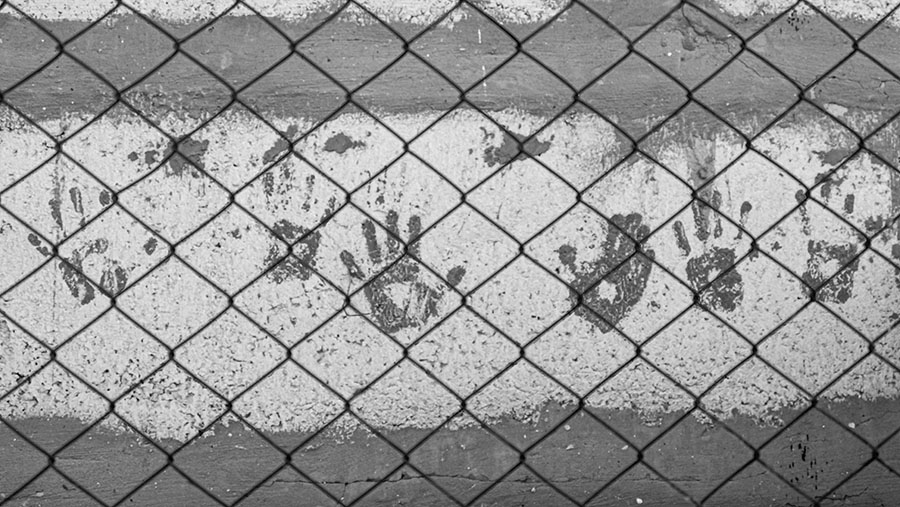Domestic violence can be a terrifying situation, but it’s even more dangerous when a gun is involved. That’s one reason why the state of California and the federal government have long restricted gun ownership among people under domestic violence restraining orders. Those protections may soon be at risk, however, as the U.S. Supreme Court is considering a case that could find these laws violate Second Amendment rights.
Let’s take a closer look at how these protections work currently before we discuss what may happen during the upcoming Supreme Court term.
The Current Situation: State and Federal Restrictions
At the federal level, the Lautenberg Amendment already prohibits those convicted of misdemeanor domestic violence crimes and those under restraining orders from possessing firearms. However, states have the autonomy to implement stricter or more lenient regulations. For instance, states like California, New York, and Massachusetts have taken a more stringent stance, further restricting gun possession for those with any ties to domestic violence. While controversial to some, these laws aim to protect potential victims from escalated violence.
A recent Court of Appeals decision in Texas challenged the Lautenberg Amendment, and the Supreme Court will hear this case in November.
Overview of the Case: United States v Rahimi
In 2019, Zackey Rahimi knocked his girlfriend to the ground in a parking lot and dragged her back to his car. Following that incident, he threatened to shoot her if she told anyone about the incident. A domestic violence restraining order was issued against Rahimi and barred him from possessing a gun.
Rahimi was later a suspect in a series of shootings (while the DVRO was still in effect), and a search of his home revealed a rifle, a pistol, and ammunition. He was charged and pled guilty to violating the federal ban on firearm possession by anyone subject to a DVRO. He was sentenced to six years in prison and three years of supervised release. The U.S. Court of Appeals upheld his conviction.
A 2022 Supreme Court decision on New York’s requirements for a concealed carry license (New York State Rifle & Pistol Association v. Bruen) concluded that the right to carry firearms outside the home was a constitutional right, and the requirements in New York were not like those found in the history of gun regulation.
The Court of Appeals then ruled that Rahimi still had the right to bear arms under the Second Amendment unless the federal government could demonstrate that the ban was consistent with the historical tradition of firearm regulation in the US. Because it had not done so, the Court of Appeals ruled that the law was unconstitutional, and his conviction, as a result, was thrown out.
In our opinion, one of the main cruxes of the case revolves around whether the state’s responsibility to protect potential victims of domestic violence trumps an individual’s right to bear arms.
Research on Guns and Domestic Violence
The statistics paint a grim picture. According to the Centers for Disease Control and Prevention (CDC), firearms played a role in nearly 54% of female homicides between 2010-2016 where the perpetrator was an intimate partner. Furthermore, a study from the American Journal of Public Health found a staggering 500% increase in the risk of homicide for women when a gun is present in domestic violence situations. Beyond the numbers, countless stories echo the same narrative: firearms, when introduced into volatile domestic situations, often lead to tragic outcomes.
Our Case: Protecting Domestic Violence Victims Should Be Paramount
While the Second Amendment is undeniably crucial, we must also consider the collective right to safety. Domestic violence victims, already in vulnerable positions, face heightened risks when their aggressors have access to firearms. If the Supreme Court rules in favor of Rahimi, it could set a precedent that jeopardizes the safety of countless individuals.
However, it’s not just about legalities; it’s about our moral compass as a society. Our duty should always lean towards protecting the vulnerable. That said, there might be middle-ground solutions. For instance, temporary gun removal for the duration of a restraining order, with a clear process for individuals to regain their rights once they’ve demonstrated they are no longer a threat, could be a viable solution.
Conclusion
United States v Rahimi is more than just a legal case; it’s a reflection of our values as a society. While the outcome remains uncertain, we must stay informed, engaged, and empathetic to the complexities of the issue. Ultimately, the balance between individual rights and collective safety will shape the future of the Second Amendment and its application in the modern era.



